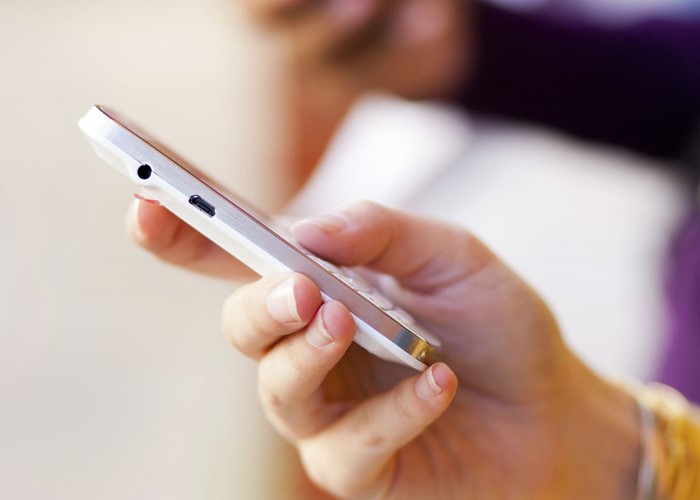Amazon and Apple: how American firms fleece Brits

Top companies like Amazon and Apple cheat us by charging much higher prices for their goods and services in the UK than in the US.
As the birthplace of modern consumer capitalism, America churns out some of the best marketing and advertising in the world. Indeed, as viewers of cult TV series Mad Men will know, the USA has been the world leader in this field since the 1960s.
However, some US firms also make a lot of money via various tricks including what I call ‘the pound-dollar scam.’ And other overseas businesses follow their example.
A quick check on Google shows me that, over the past 12 months, one pound sterling has been worth between 1.67 and 1.53 US dollars. Conversely, the value of one dollar has varied between 60p and 65p. As I write, the pound-dollar exchange rate is 1.595, so one US dollar is worth just short of 63p.
Unfortunately, some American businesses throw the established exchange rate out of the window when deciding how much to charge British customers for their goods and services. In some cases, US firms mistakenly believe that one dollar is worth as much as one pound.
Poison Apple?
One high-profile practitioner of an unfair 'strong dollar' pricing policy is tech giant Apple.
Last September, I paid £399 for the cheapest iPad 2 (the 16GB Wi-Fi model). However, in the USA, the exact same item cost $499. Applying the exchange rate in force at that time, my UK-bought iPad 2 cost me around $635. In other words, it cost $136 more than the US-bought version, which is more than a quarter (27%) extra.
Following the launch of the new iPad last month, I checked the pricing of Apple's new range. So Apple seems to believe that one dollar is worth about 80p, instead of its current value of 63p.
Even worse, Apple's premium pricing also applies when buying music and films from iTunes and apps from the App Store. A track costing 99 cents in the US costs 79p over here, which is the same 27% mark-up.
It's largely a tax problem
Hence, Apple artificially inflates the price of UK-sold goods by around 27% -- or does it?
Apple has produced various arguments to support this US-UK price differential, of which the strongest is tax differences between the US and UK.
I know that VAT (Value Added Tax) at 20% accounts for £66.50 of the £399 VAT-inclusive cost of a new iPad. Furthermore, the US has state sales taxes that bump up prices there, too. However, sales taxes in the US vary from 0% to 11.5% and average 8%-9%, so these are nothing like as high as the UK's 20% VAT.
Apple's true mark-up
Even after stripping out UK and US sales taxes, there remains a significant mark-up to buy Apple products in the UK, as this calculation shows:
|
US price excluding sales tax |
$499.00 |
|
UK price including VAT |
£399.00 |
|
UK price excluding VAT |
£332.50 |
|
Dollar equivalent (at £1 = $1.59) |
$527.78 |
|
UK mark-up before sales taxes |
5.8% |
As you can see, Apple quotes US prices before sales tax (because these vary from state to state), whereas it quotes UK prices including VAT. Stripping out all taxes, Apple charges UK customers 5.8% more for its goods.
Therefore, Apple's true mark-up is close to 6%, which is much less than the 27% mark-up suggested at first glance by the VAT anomaly. Even so, this additional margin bumps up prices and thus delivers higher profits to Apple at the expense of British buyers.
Olympian pricing
Here's another example of a foreign firm (Japanese, this time) taking British buyers for a ride.
In February, the new Olympus OM-D EM-5 was launched around the world. This high-end camera retails for £1,149.99 in the UK, but sells for $1,299 in the US. What kind of mark-up is this? Let's crunch the numbers to find out:
|
US price excluding sales tax |
$1,299.00 |
|
UK price including VAT |
£1,149.99 |
|
UK price excluding VAT |
£958.33 |
|
Dollar equivalent (at £1 = $1.59) |
$1,523.74 |
|
UK mark-up before sales taxes |
17.3% |
As you can see, after stripping out VAT, this camera costs over £958 in the UK, which comes to almost $1,524. This near-$225 mark-up means that Olympus charges over 17% more for this camera in the UK than it does in the US.
Amazon's sneaky pricing
On Saturday, Amazon launched the new touch-screen version of its hit Kindle e-reader. In the US, the Kindle Touch 3G retails for $149, but is on sale at £169 in the UK.
Stripping out VAT, the UK-bought Touch 3G costs £140.83, which translates into $223.54. That's $74.54 more than the US price, which is a 50% mark-up. Ouch!
I can’t see any valid reason why firms like Apple, Amazon and Olympus should charge more for goods in the UK than in the US. It’s time this rip-off ended.
What do you think about this transatlantic rip-off? Can you provide us with more examples? Please let us know in the comments box below.
More: Five ways to transfer money abroad | Why I'm boycotting Amazon and where I'm going instead
Comments
Do you want to comment on this article? You need to be signed in for this feature